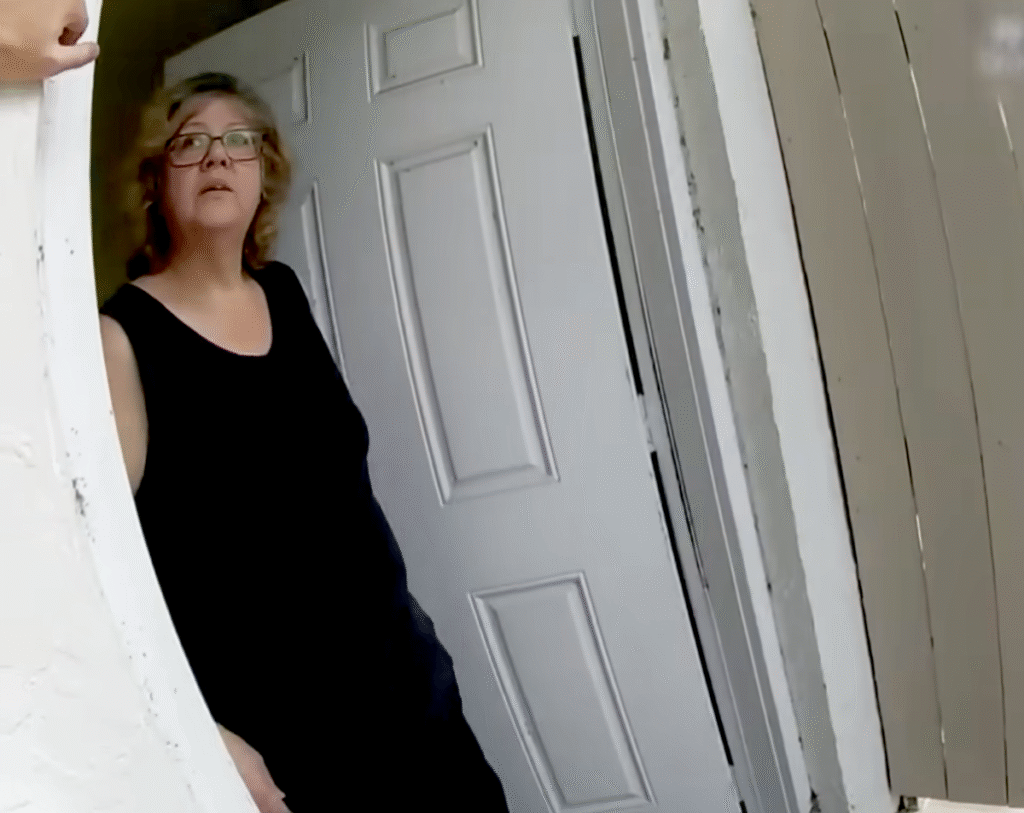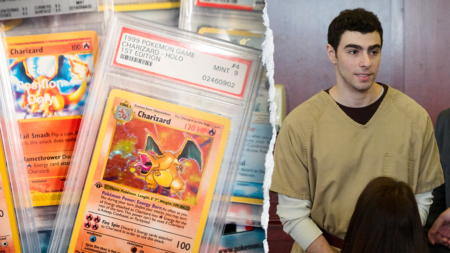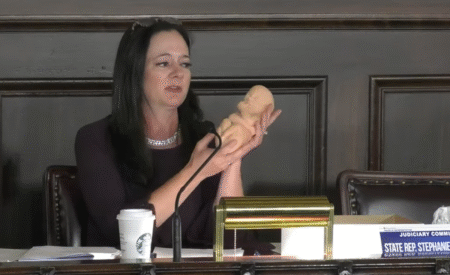The following contains movie spoilers.
A new documentary on Netflix was meant to spark debate over Florida’s “stand your ground” law, but that’s the least interesting facet of a project that makes many important points about America that it probably didn’t mean to.
The Perfect Neighbor, directed by Geeta Gandbhir, was released to the broader public this month after it was well received at the Sundance Film Festival earlier this year. Gandbhir relies almost exclusively on police body camera footage from early 2022 through the summer of 2023 to tell the story of an otherwise unremarkable, lower-middle-income neighborhood in Ocala, Florida. It was there that a series of trifling disputes with one nag of a neighbor culminates in 58-year-old Susan Lorincz shooting someone dead from inside the locked front door of Lorincz’s home.
I gather that Gandbhir wanted the viewer to be in shock that a law exists in Florida permitting a person to use lethal force on an individual if he perceives his own life to be under severe threat, hence the nickname “stand your ground.” Statistics cited at the end assert that whites are more often successful in using the law to defend themselves than are blacks, so, obviously, there’s a racial element Gandbhir wanted to highlight. But the novelty of all that was pretty fully explored with the 2012 shooting death of black teen Trayvon Martin, another case that the media tried to make about race, even though the man who shot him was Hispanic.
More crucially, everything turned out in The Perfect Neighbor as any normal viewer would have hoped. Lorincz, who is white, was convicted of manslaughter, despite using “stand your ground” as her defense, and everyone in the victim’s neighborhood, both black and white, was rooting for that exact outcome. You could say that the law was able to stand its ground, though an innocent black woman, 35-year-old Ajike Shantrell Owens, ended up dead.
Maybe Gandbhir kind of knew all that because the trial and verdict are rushed through in the last 10 minutes of the relatively short hour-and-a-half film. What precedes the trial is infinitely more compelling footage of countless altercations between Lorincz and the families who share the neighborhood.
If not for the presence of Lorincz, the community would seem almost idyllic, with both black and white residents, all of the children playing games and sports together outside until dark. By every indication, the neighbors seem to care for each other. Police camera footage shows the mothers and fathers, one after another, pinpointing Lorincz as the community problem for hounding the children about playing near her home. And they all attest to the police that none of the adults has behaved aggressively toward Lorincz, at least not in any way that would merit a call to law enforcement.
The police are apparently exasperated, telling the residents they’ve been called by Lorincz multiple times, explaining that they understand kids will be kids and that they’d rather the children be playing in the neighborhood than out on the streets committing crimes, even if it’s the occasional minor nuisance. The cops tell Lorincz over and over that there is little they can do without proof or strong evidence that her property (which she rented) had been vandalized or trespassed.
Owens, the victim in the film, went to Lorincz’s home one night to ask about her child’s computer tablet, which had allegedly been taken. Lorincz shot her through the door and Owens died. On that very night, camera footage captures the scene of the neighbors consoling Owens’ devastated husband and her four children.
All attempts to make this affair about injustice and racism fail. The racially diverse community is united against an enemy. The police never fire their weapons. Lorincz is prosecuted and convicted despite defending herself with a law that is presumed to be racially unjust by the filmmaker.
It’s a documentary worth watching, but not for the intended reasons.
Read the full article here












